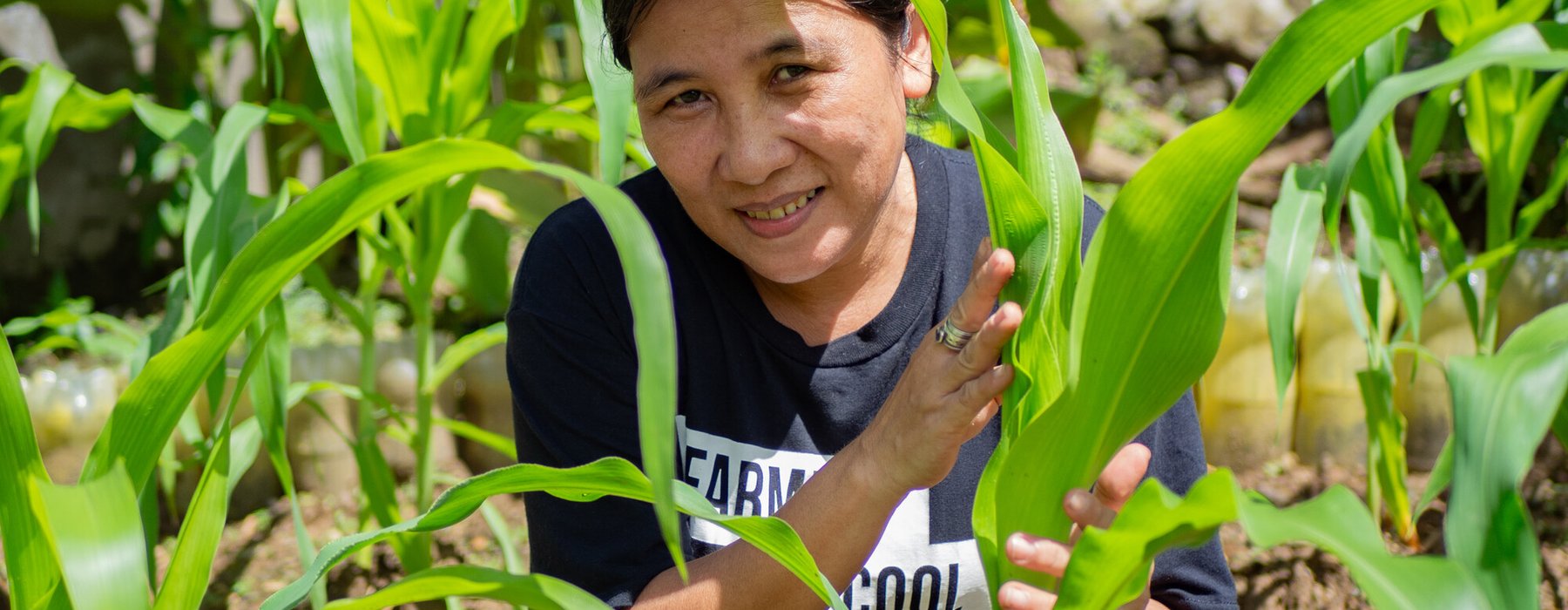With interesting facts, photographs and stories, this resource supports children aged 7-11 years to get to grips with Fairtrade and think critically about some of the challenges that banana farmers face.
View the resource
Use this colourful collection of images and accompanying activities to help children aged 7-14 years to consider the importance of food and farming around the world, as well as the challenges some people face in getting enough food to eat.
View the resource
Use these cross-curricular resources for children aged 7-14 years to teach about global food issues. Help young people to understand how global supply chains currently work, where our food comes from, and some of the challenges facing the small-scale farmers. Young people can also explore how to advocate for a fairer and more sustainable global food system.
View the resource (7-11)
View the resource (11-14)
This accessible, interactive resource for ages 11-18 investigates global food supply chains, and highlights the human suffering and low pay experienced by the farmers, fishers and food processors who work to put food on our shelves. It suggests how young people can use their voices to encourage supermarkets to do better, and enables them to develop practical, transferable skills such as persuasive writing, communication and peer leadership.
View Behind the Barcodes
- Around the world in 80 diets
Photographers, Peter Menzel and Faith D’Aluisio, spent three years travelling around the world to photograph what 80 people around the world eat in a single day. Selections of the images are available online, see below for one possible web link. Use the photographs to prompt discussion among learners about the similarities and differences in the food we eat.
View the photos



